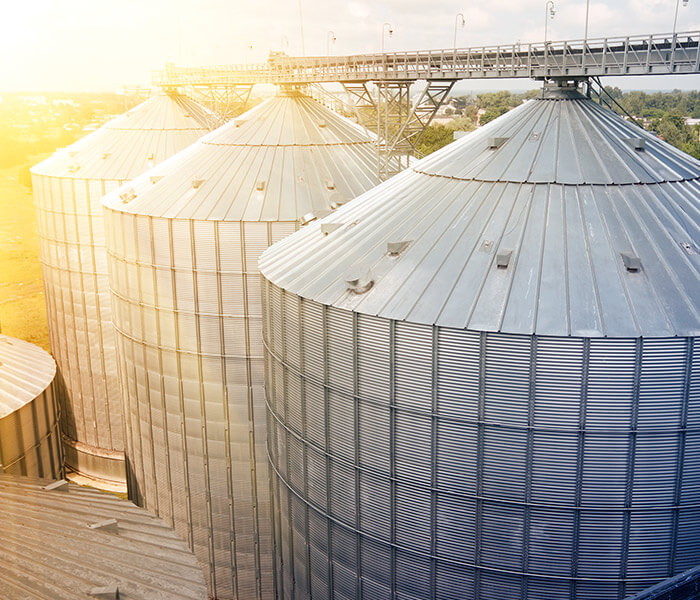Premier Co-op

December Energy News
I hope you were able to enjoy Thanksgiving with family and friends. And I hope you’ve recovered from your food coma. For the 10 of you (including my mom) who read my newslett...

The WASDE report, which stands for the World Agricultural Supply and Demand Estimates, is a monthly publication by the United States Department of Agriculture (USDA). It provides comprehensive forecasts of supply and demand for major crops both globally and in the United States, including grains.
Here's a breakdown of what the WASDE report covers with regards to grain:
Production Estimates: The report provides information on projected and actual production quantities for various grains. This includes planted and harvested acreages, yields, and overall production numbers.
Stocks: The WASDE gives details on the expected beginning and ending stocks for the marketing year. This helps in understanding the carry-over from the previous season and potential stocks available at the end of the current season.
Use Categories: The report breaks down the grain usage into categories like feed and residual use; food, seed, and industrial use; and exports.
Price Forecasts: The WASDE provides projections for season-average prices received by producers, offering insights into the expected market scenario.
Global Perspective: Apart from U.S. estimates, the report provides a global outlook, highlighting production, consumption, stocks, and trade in key producing and consuming regions. This helps in understanding the global grain dynamics and potential impacts on U.S. markets.
Other Factors: The WASDE occasionally discusses significant events or policies that may influence grain markets, such as weather phenomena (e.g., droughts or floods) or trade policies.
For grain producers, traders, and other stakeholders, the WASDE report serves as a vital tool to gauge the current and projected state of the grain markets. Its release can lead to market reactions as it updates the industry on changing supply and demand dynamics.
The WASDE report is released monthly and can be watched live here. To discuss marketing your grain, please contact one of our grain originators at 608.987.3100 or complete the form below and we’ll contact you.
